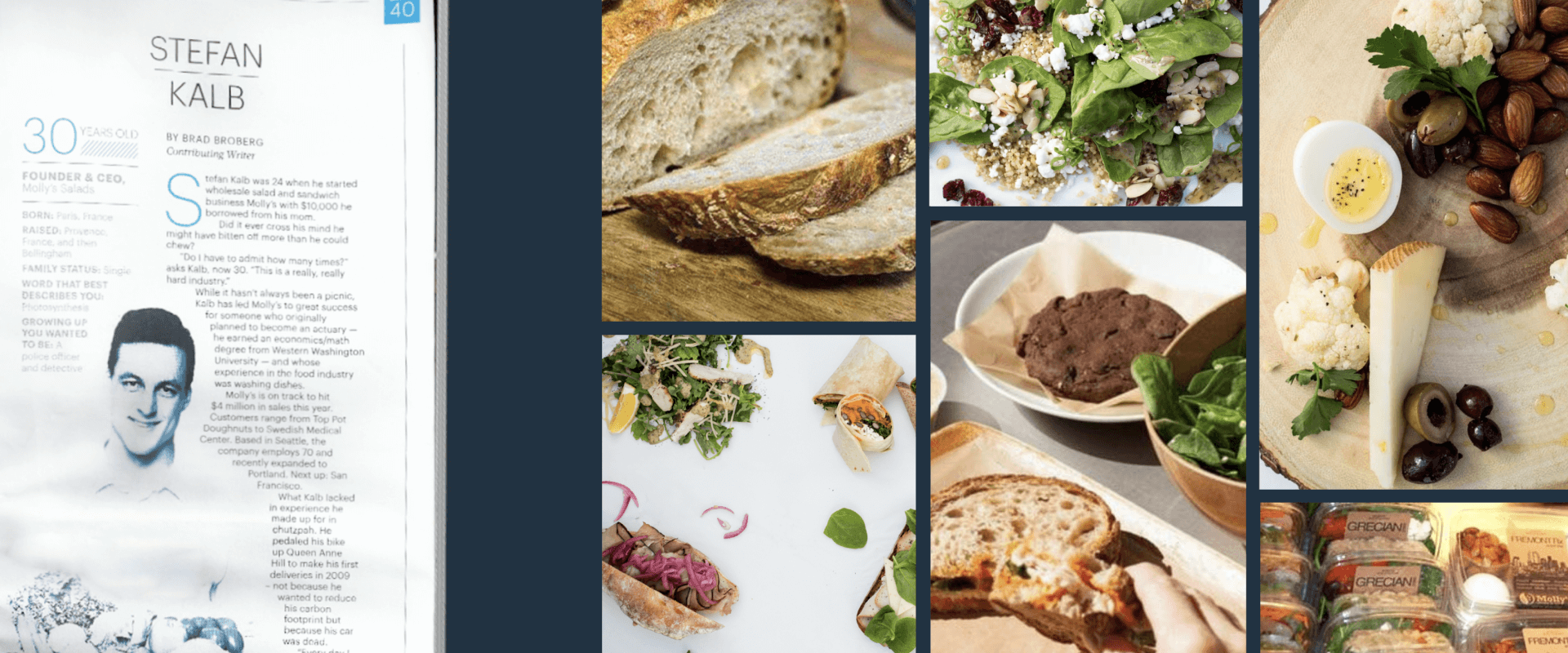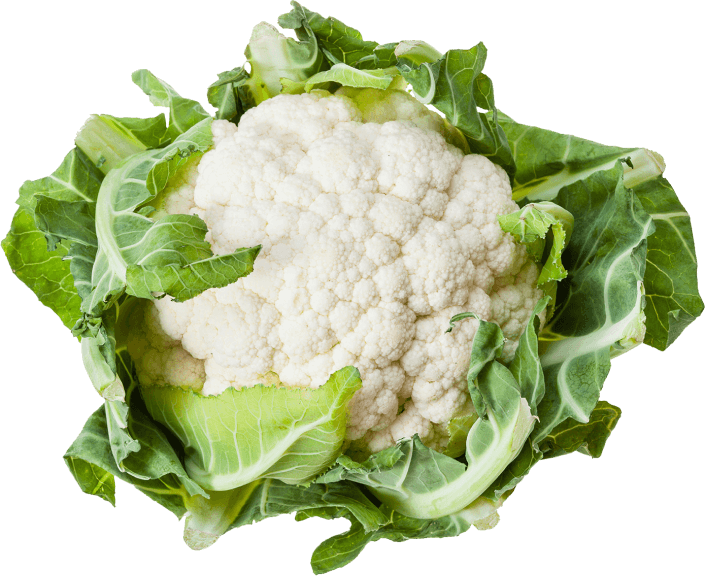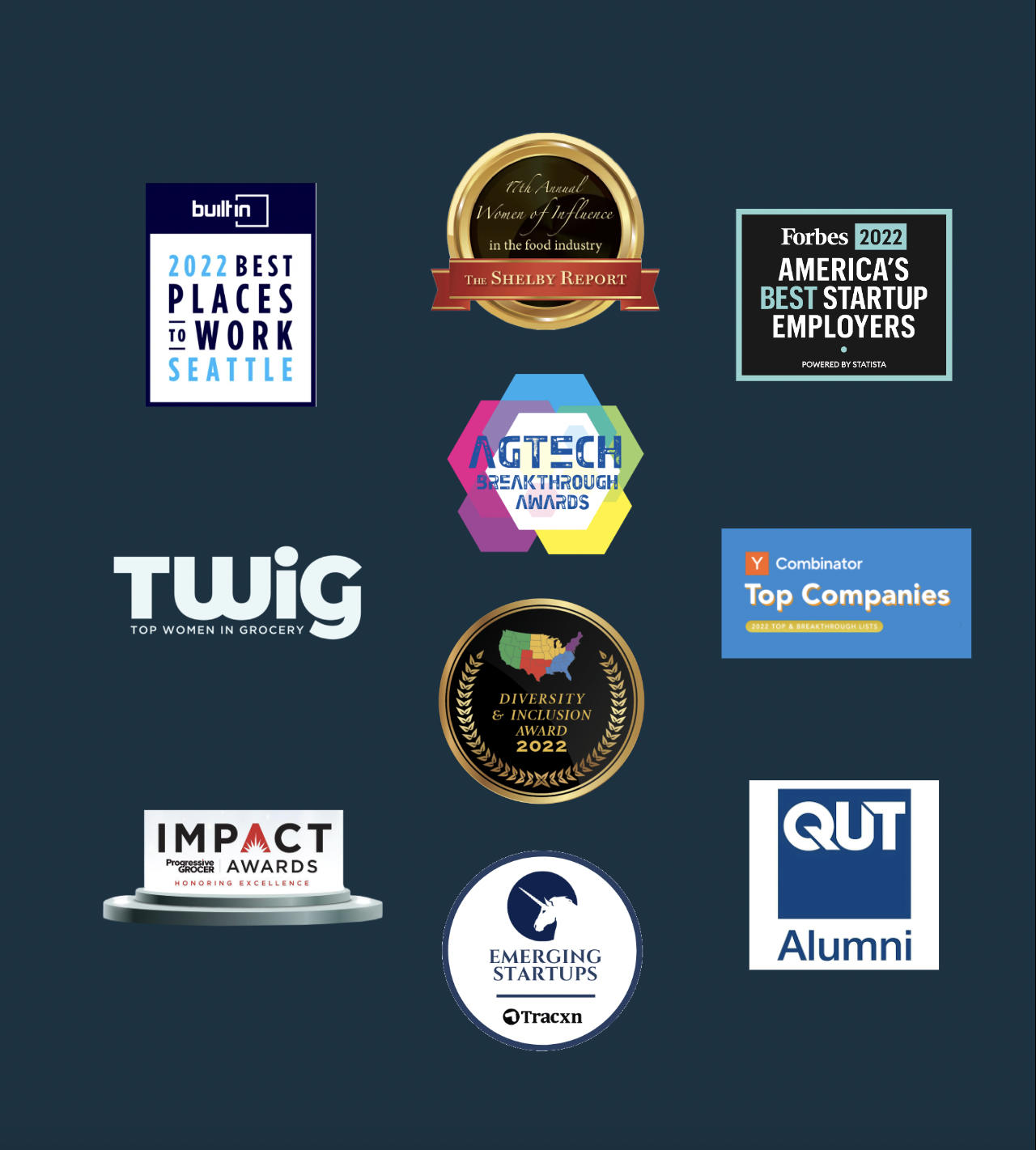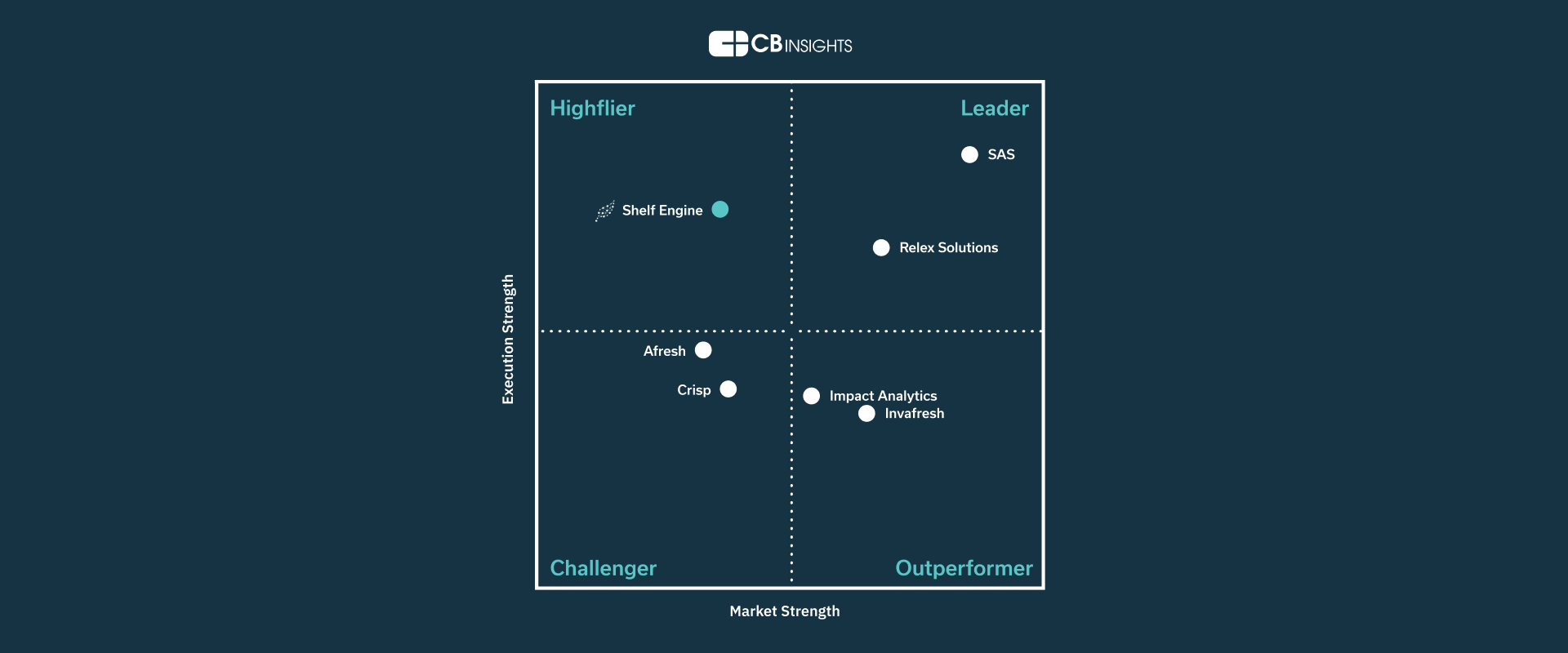This website uses cookies so that we can provide you with the best user experience possible. Cookie information is stored in your browser and performs functions such as recognising you when you return to our website and helping our team to understand which sections of the website you find most interesting and useful.
Once Upon a Shelf: How a Bowl of Spoiled Salad Greens Inspired a Movement to Eliminate Food Waste

I knew we had a problem when the salads started spoiling. Molly’s, the grab-and-go food company I started in 2009, had grown into a sizable regional retail chain. As we continued to scale, I became troubled by the significant amount of fresh food we were wasting. The larger Molly’s footprint became, the more food — and profits — spoiled.
By the time Molly’s reached 400 retail locations, about 28% of our perishable products were expiring and being thrown out before they were sold. I bet most retailers and grocers can relate to our response to this problem. When we tried to scale back inventory to reduce this shrink, our shelves weren’t staying consistently full. Food waste was eating into the bottom line across the entire business.
It didn’t take long to realize that this challenge wasn’t unique to Molly’s. Retailers and grocers everywhere were — and are — struggling to achieve that elusive balance between fully stocked shelves and minimal food waste. I discovered that about one in three perishable food items are thrown away, and that grocery stores unwittingly waste up to 50% of their fresh food inventory. Worst of all, there weren’t any clear solutions to fix the problem.
I kept returning to the question weighing on my mind: how could Molly’s have its fresh salads, and eat them too? This persistent pain point in my business fueled a determination to figure out a better way forward. I didn’t know then that we’d eventually be able to help others in foodservice tackle the same challenge facing their businesses.
It started as a side gig
With the initial intention of reducing waste and boosting profits at Molly’s, I worked with my friend and software engineer, Bede Jordan, to build a forecasting model. My background in actuarial science, paired with Bede’s expertise in B2B product development at Microsoft, helped us develop a predictive app that allowed me to adjust inventory to cut Molly’s food waste in half.
These results were a game-changer for Molly’s, prompting us to think more broadly about the multi-billion dollar grocery industry and the 80 billion pounds of food wasted every year by retailers. The opportunity to make a widespread impact was staring right at us. With a shared mission to transform the food supply chain by helping grocery stores and food retailers reduce fresh food waste and increase sales, Bede and I quit our day jobs, shopped our model to investors, and co-founded Shelf Engine in 2016.
Shelf Engine was initially deployed as a SaaS company with a focus on offering forecasting software to help grocers improve and automate ordering. But no matter how smart the algorithms, there was still a breakdown in consistent use of the software within stores. Grocers were either rooted in their old ways of doing things or reluctant to pay for a new recurring cost without any guarantee of success, so adoption lagged in many stores.
The evolution of an ideal model
Bede and I realized we needed to pivot if our tech was going to achieve the full potential we envisioned and deliver on its promise to reduce food waste and optimize sales. We adjusted strategy and re-introduced Shelf Engine to the market as something quite unique — a completely automated grocery forecasting and ordering solution.
This new approach offered two enormous advantages. Instead of trying to train overworked retail personnel on new technology and processes, we could actually take forecasting and ordering off their plates. It also allowed us to let our demand and inventory forecasts inform the accuracy of an order rather than human bias and error or outdated technology tools.
The results of our new model were impressive. The grocer, having outsourced their ordering responsibilities to us, enjoys an average profit increase of 11% and a sales increase of 7%. The cherry on top is the extra bandwidth created for store employees to focus on higher-value activities like creating beautiful fresh food displays and outshining the competition in customer service.
Now, Shelf Engine has grown by over 1,000% and is working with some of the largest retail grocery brands in the world. Along with Bede and our growing team, we’re helping grocers understand just how much food and profit they’re really throwing away every day, and how technology can reverse that trend. We’ve all had experiences with technologies that were expensive, cumbersome, or simply failed to be the silver-bullet solution we had hoped for. Once stores begin a pilot with Shelf Engine and see results in record time, their relationship with technology begins to shift. Shelf Engine allows stores to quickly see how AI can actually simplify their operations, not further complicate them.
Shelf Engine believes that being profitable and sustainable do not have to be mutually exclusive—even in a traditionally wasteful industry that often favors the tried and true over the new and emerging. Bede and I recognized when we were moonlighting as tech startup founders just a few years ago that the business of fresh food can indeed be a profitable pursuit.
Here at Shelf Engine, our story is just getting started. We’re transforming the food supply chain to help grocers make more money while drastically reducing waste. Learn more about how our solution works here.

Fresh, delivered.
from the Shelf Engine team.
By providing your email, you agree to the Shelf Engine Privacy Policy.





